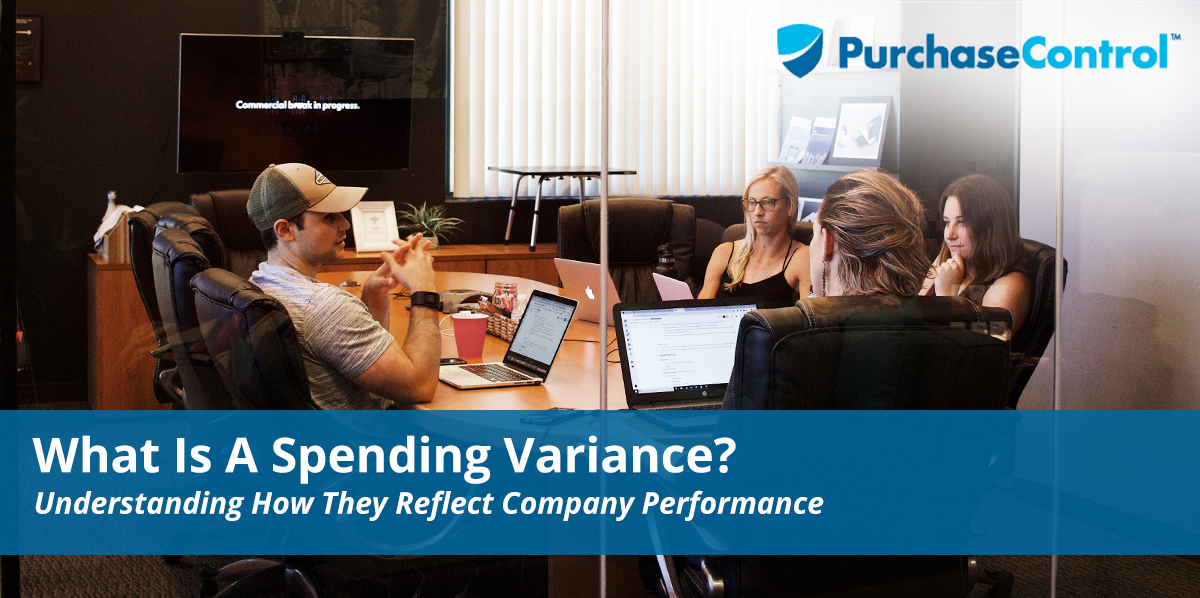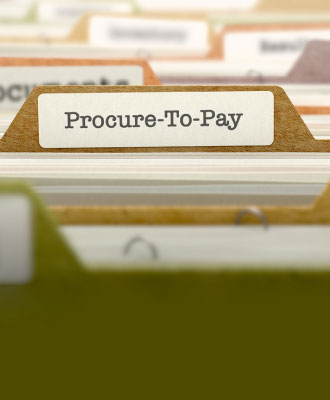What Is A Spending Variance?
A spending variance, also known as a rate variance, refers to the difference between the actual and budgeted amount of an expense. If a company incurs an $250 expense for utilities in January and expected to incur an $150 expense, there is a $100 unfavorable spending variance.The spending variance concept is most commonly applied to:
- Administrative overhead: Normally, the variance calculation is applied to each individual line item within this category of expenses.
- Fixed overhead: Known as the fixed overhead spending variance, this refers to the actual expense incurred minus the budgeted expense.
- Variable overhead: Known as the variable overhead spending variance, this is the actual overhead rate minus the standard overhead rate. That number is multiplied by the number of units of the basis of allocation, such as the machine hours used or the hours worked.
- Direct materials: Known as the purchase price variance, this is the actual price per unit minus the standard price per unit. That number is then multiplied by the number of units purchased.
- Direct labor: Known as the labor rate variance, this is the actual labor rate per hour minus the standard rate per hour. That number is then multiplied by the number of hours worked.
In situations where the actual expense is more than the budgeted or standard expense, the difference is known as an unfavorable variance.
When the opposite occurs, and the actual expense is less than the budgeted or standard expense, this is known as a favorable variance.
Do Unfavorable Variances Signal Finance Trouble?
If you have an unfavorable spending variance, it doesn’t necessarily mean that your company is performing poorly. It could mean that the standard you used as the basis for calculation was too aggressive. For instance, the purchasing department may have set a standard price at $2 per item, but that price may only be achievable if you made purchases in bulk. If you instead made purchases in smaller quantities, you likely paid a higher price per unit and therefore caused the unfavorable spending variance. However, you will also have a smaller investment in inventory in a lower risk of your inventory becoming obsolescent.
As such, you should evaluate any spending variance in light of the assumptions used to develop the underlying budget or expense standard.
“It’s the management team’s responsibility for variance evaluation. When you find that total actual costs differ from the total standard cost, management needs to perform a more thorough analysis to determine the root cause.”
Direct Material Variances
When working with direct material variances, you can separate it into the materials price variance and the materials quantity variance. The material price variance reveals the difference between your standard price for materials purchase and the amount you actually paid for those materials. The materials quantity variance compares the standard quantity of materials that should have been used compared to the actual quantity of materials used.
Direct Labor Variances
The logic for direct labor variances is similar to that of direct material. You find the total variance for direct labor by comparing the actual direct labor cost of standard direct labor costs. The overall labor variance could result from any combination of having paid labor rates at equal to, above, or below the standard rates and using more or less direct labor hours than anticipated.
The total direct labor variance consists of the labor rate variance and the labor efficiency variance. The labor rate variance reveals the difference between the standard rate and the actual rate for the actual labor hours worked. The labor efficiency variance compares the standard hours of direct labor that should have been used compared to the actual hours worked to develop the actual output.
Factory Overhead Variances
You should also take the time to perform variance analysis to evaluate spending and utilization for your overhead. Overhead variances are more challenging to calculate and evaluate. As such, the techniques you use for evaluation could be considerably different from any company you’ve previously worked with.
Your variable components may consist of things such as indirect material, and direct labor, and supplies. Fixed overhead may include rent, car insurance, maintenance, depreciation and more. Because the variable and fixed costs behave in a completely different manner, it stands to reason that properly evaluating the variances between your expected and actual overhead costs must take into account the cost Behavior. Variance analysis for overhead is split between variances related to variable and fixed costs.
Variable Overhead Variances
When it comes to the cost behavior for variable factory overhead, it’s much like direct material and direct labor and the variance analysis is similar. The goal is to account for the total actual variable overhead by applying the standard amount to work in process and the difference to the appropriate variance account.
Good managers should explore the nature of variances related to their variable overhead. It’s not enough to Simply conclude that more or less was spent than intended. As with direct material and direct labor, it’s possible that the prices you paid for underlying components deviated from the expectations. On the other hand, it is also possible that the company’s productive efficiency drove the variances. As such, the total variable overhead variance can be split into a variable overhead spending variance and a variable overhead efficiency variance.
Fixed Overhead Variances
Your actual fixed factory overhead may show little variation from your budget. This is because of the intrinsic nature of a fixed cost. For example, rent is usually subject to a lease agreement that is certain. Depreciation on factory equipment can be calculated in advance. The cost of your insurance policies are connected to a contract. Even though budget and actual numbers may not be very different, the underlying fixed overhead variances are still worthy of taking a close look.
it’s worth noting that not all variances need to be analyzed. It’s also important to consider the circumstances under which the variances resulted and the materiality of the amounts involved. You should also understand that not all unfavorable variances are bad and not all favorable variances are good. The challenge for management is to take the variance of formation, look at the root causes, and take any necessary corrective actions to fine-tune business operations. Remember, if the original standards are not fair and accurate, the resulting variant signals will be misleading.
Streamline and Track Company Budgeting to Keep Within Budget with PurchaseControl
Find Out How








